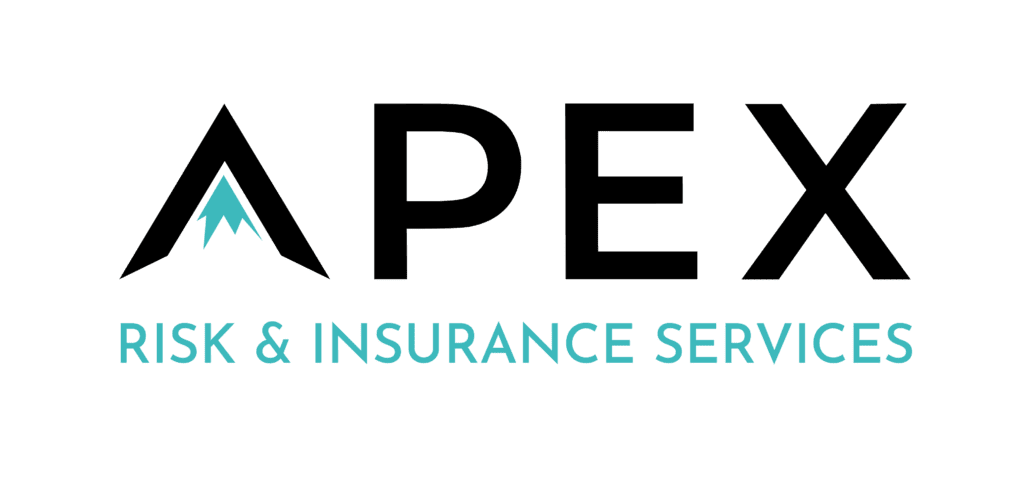Errors and Omissions: Professional Services Claims that Trigger Lawsuits
Errors and omissions insurance is a form of professional liability insurance that protects businesses, their workers, and other professionals. E&O provides coverage for claims of inadequate work or negligent actions.
Watch the video below as Peter Katkov, the founder of Apex Risk and Insurance Services, explains E&O insurance.
The Role of Errors and Omissions Insurance
Before diving into the specific claim scenarios, let’s briefly recap the role of E&O insurance. This specialized coverage is designed to shield professionals and their businesses from financial losses incurred due to legal actions resulting from alleged errors, omissions, professional negligence, or inadequate work.
E&O insurance helps cover the cost of legal defense, settlements, and judgments, providing peace of mind and financial protection.
Let’s take a look at some common E&O scenarios.
Common E&O Scenarios that Can Trigger Lawsuits
Errors and Omissions (E&O) claims can pose significant challenges for businesses across various industries. These claims typically arise from allegations that your business failed to meet expected professional standards, leading to financial losses or damages for your clients. Understanding these common E&O scenarios is essential for risk management and preventing potential lawsuits. Here, we explore these scenarios in detail, along with real-world examples to illustrate their impact.
Professional Negligence
Scenario: A client alleges that the professional advice or services provided by your business did not meet established industry standards, resulting in financial losses or damages.
Example: A financial advisor offers investment advice that ultimately leads to substantial financial losses for the client. The client claims that the advisor’s recommendations did not align with industry best practices and prudent investment strategies.
Professional negligence claims can manifest in various industries, including legal, healthcare, finance, and more. For instance, attorneys may be accused of failing to provide competent representation or overlooking critical details in a case, leading to adverse legal outcomes and financial repercussions for their clients. Healthcare professionals might face allegations of misdiagnosis, improper treatment, or surgical errors, which can result in substantial medical bills and ongoing health issues for patients.
Missed Deadlines or Delays
Scenario: Your business fails to meet agreed-upon deadlines or causes project delays, subsequently leading to financial losses for the client.
Example: A construction project experiences significant delays due to inadequate project management practices. These delays result in additional costs for the client, who contends that the agreed-upon project timeline was not adhered to, impacting their budget and financial planning.
Delays in project completion can have cascading effects on a client’s financial resources, as they may incur extra expenses for extended labor, equipment rentals, and financing costs.
Breach of Contract
Scenario: Allegations arise that your business did not fulfill its contractual obligations, encompassing service quality, scope, or deliverables.
Example: A software development company is accused of breaching its contract by not delivering a software product in accordance with the agreed-upon specifications. The client claims that the software’s performance and functionality fell short of what was contractually promised, causing financial harm.
Breach of contract claims can involve disputes over the quality of goods or services provided, deviations from the project scope, or disagreements about deliverable timelines. Financial losses stemming from contract breaches can range from contractually specified penalties to lost business opportunities and reputation damage.
Miscommunication or Misrepresentation
Scenario: A client asserts that your professional communication was unclear, misleading, or misrepresented, leading to financial harm.
Example: An advertising agency faces a lawsuit for misrepresenting the reach and impact of a marketing campaign. The client alleges that the agency’s promotional materials and communications exaggerated the campaign’s effectiveness, resulting in financial losses when the expected results were not achieved.
In cases of miscommunication or misrepresentation, clients may argue that they relied on the information provided by the professional service provider and made financial decisions based on inaccurate or incomplete information. The consequences of such claims can encompass lost revenue, damaged brand reputation, and the cost of rectifying the misrepresented information.
Failure to Advise or Warn
Scenario: Accusations emerge that you failed to provide adequate advice or warnings regarding potential risks or consequences associated with certain actions.
Example: A lawyer is confronted with a lawsuit for neglecting to inform a client about potential legal implications in a complex business transaction. The client contends that they suffered financial setbacks due to the lawyer’s failure to provide essential legal advice and warnings.
In scenarios like these, clients may argue that they were not sufficiently informed about the risks involved in their decisions, which subsequently led to financial harm. Such claims can be particularly significant in legal, financial, and healthcare fields, where clients heavily rely on professional expertise to navigate complex situations.
Data Security Breaches
Scenario: Claims arise from data breaches, unauthorized access, or insufficient data protection measures, resulting in data loss or theft.
Example: A cybersecurity consultant is sued after a client’s sensitive data is compromised in a cyberattack. The client argues that the consultant’s recommended security measures were insufficient, leading to a data breach with severe financial and reputational consequences.
In our increasingly digitized world, data security breaches have become a prevalent source of financial liability. Clients expect businesses to safeguard their confidential information, and when breaches occur, the fallout can encompass not only direct financial losses but also regulatory penalties, legal fees, and damage to a company’s reputation.
Inadequate Documentation
Scenario: Allegations are made that your business neglected to maintain proper records, documentation, or reporting, causing financial harm.
Example: An accountant faces a lawsuit for providing incomplete and inaccurate financial statements, which result in tax penalties for the client. The client claims that the accountant’s failure to maintain accurate financial records led to significant financial losses.
Inadequate documentation can have profound financial ramifications for clients, as it may hinder their ability to make informed decisions, comply with tax laws, or secure financing. Businesses are generally expected to maintain meticulous records to substantiate their financial activities and decisions.
Scope Creep
Scenario: Accusations arise that the project scope expanded beyond the initial agreement, causing cost overruns and disputes.
Example: A consulting firm confronts a lawsuit when additional project features were incorporated without clear client approval. The client contends that the additional work led to unanticipated expenses and project delays, disrupting their financial planning.
Scope creep is a common issue in project-based industries, such as construction, consulting, and software development. When project requirements evolve without proper documentation and agreement, clients may find themselves facing unexpected costs and delays, which can disrupt their budgets and financial forecasts.
Professional Advice Disputes
Scenario: Disagreements emerge regarding the suitability or effectiveness of the professional advice or strategies provided by your business.
Example: A healthcare provider faces a lawsuit when a patient questions the efficacy of the recommended treatment plan. The patient alleges that the treatment did not yield the promised results, causing financial and health-related concerns.
In professional advice disputes, clients may contend that they did not receive the expected benefits or outcomes from the services provided. This can lead to financial losses, medical complications, or other adverse consequences, depending on the nature of the professional services involved.
Licensing and Regulatory Violations
Scenario: Claims of non-compliance with industry regulations, licensing requirements, or professional standards are brought against your business.
Example: A real estate agent becomes the target of legal action for conducting property transactions without the necessary licenses and failing to adhere to industry regulations. The client claims that these violations resulted in financial harm and legal consequences.
Violations of industry regulations and licensing requirements can result in serious financial repercussions for businesses. Clients may take legal action to seek compensation for any financial harm they suffered as a result of such violations, including losses related to fraudulent transactions or legal penalties imposed on the client. Businesses are generally expected to operate within the bounds of applicable laws and regulations to protect their clients’ interests and financial well-being.
Interested in learning more? Check out our full guide to Errors & Omissions Insurance, here.
Final Notes
Errors and omissions insurance is a valuable asset for professionals, but avoiding claims should always be a priority. By addressing common pitfalls such as inadequate documentation, failure to meet client expectations, negligent advice, and missed deadlines, professionals can significantly reduce their exposure to E&O claims.
Do You Need E&O?
At Apex, we want you to know and understand your options. We prioritize transparency and provide custom solutions to meet your insurance needs.
While professional liability insurance (PL) and errors and omissions (E&O) insurance are used interchangeably in some industries, the two forms of liability insurance have a few technical differences. Learn which policies are best for your business here.
Review our commercial insurance policies here.




